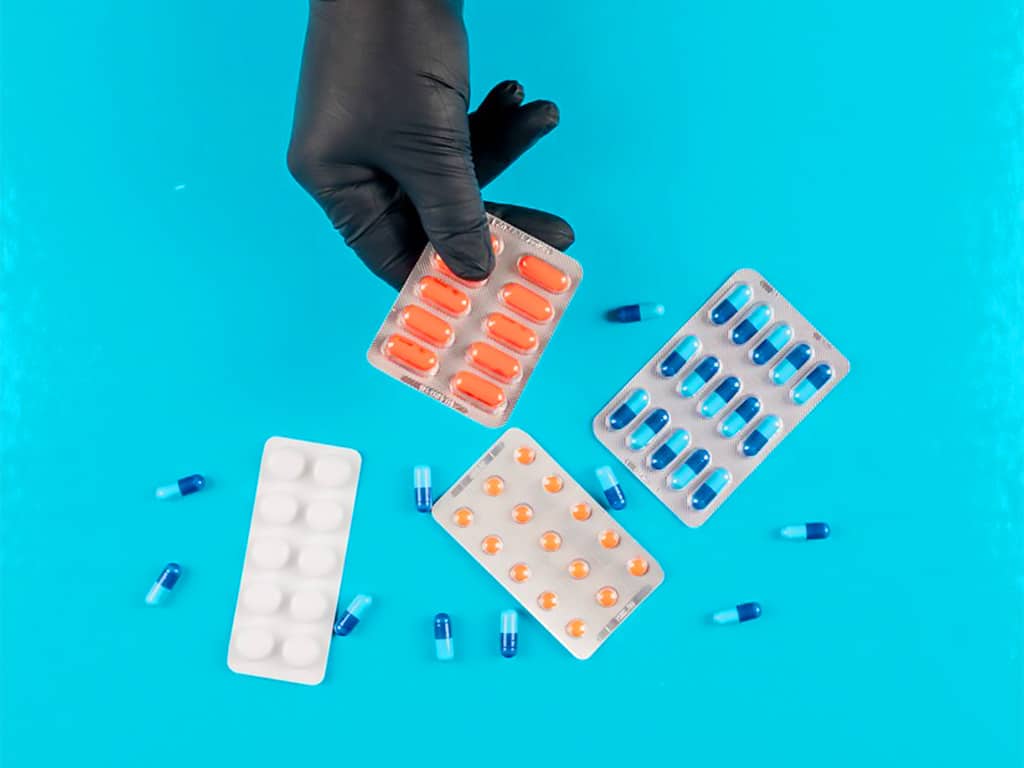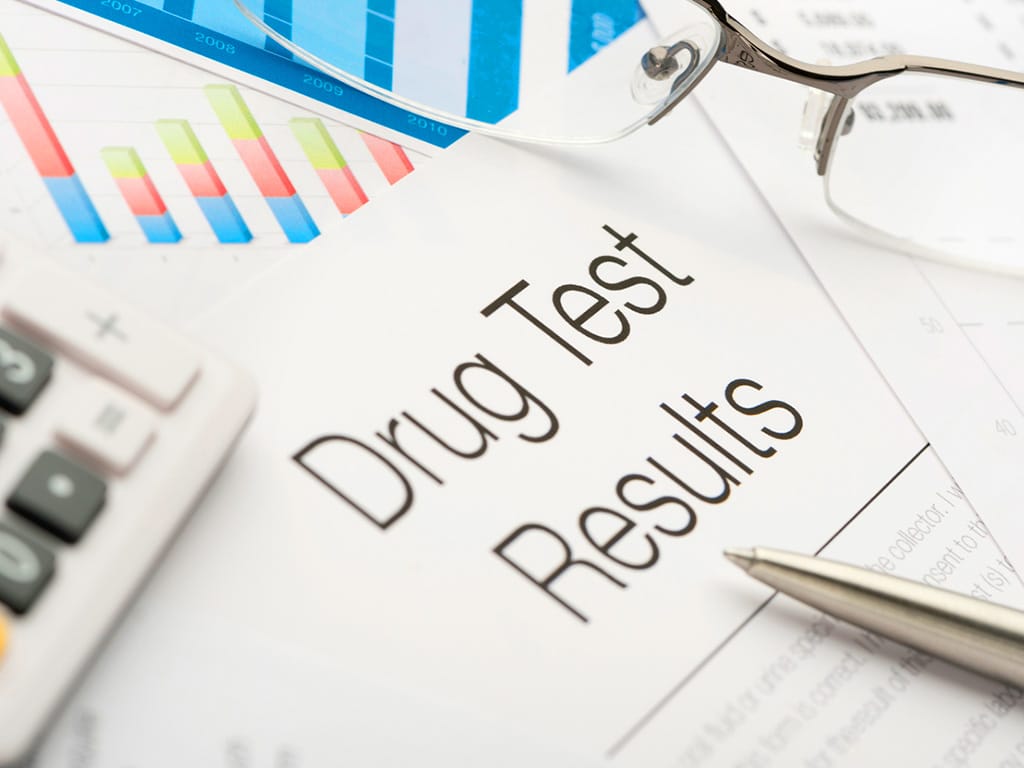Drug Screening: Types of Screening Methods & Understanding the Results
11 March, 2024

Drug screening is the process of testing biological specimens to detect the presence of drug classes or drug metabolites. Accordingly, there are various types of screening methods. These may include urine testing, saliva testing, hair drug testing, and blood tests. Nevertheless, understanding the results of drug testing is crucial. A negative result indicates the absence of substances. Meanwhile, a positive drug testing result signifies the presence of substances. Additionally, a non-negative result may require confirmatory testing.
Drug abuse is a serious issue that affects millions of people worldwide. Whether it is prescription drugs, illegal drugs, or alcohol, substance abuse can lead to addiction, health problems, and legal challenges. Hence, screening for substances is crucial in various settings. It ensures the safety and well-being of individuals. Also, it is a preventive measure to maintain a drug-free environment. This article will present the screening for drugs, the types of drug tests, and an understanding of the results.
What is Drug Screening?
Drug screening is a method used to examine the biological specimen of a person for the presence of common drugs or their byproducts. It can detect illicit drugs, prescription medication, and ethanol. For the initial screen, individuals can purchase drug testing kits. They can find kits in physical and online stores. Additionally, they can book an appointment for laboratory testing. These facilities also offer confirmatory tests.
The collection procedure of specimens is the initial step in the screening process. Depending on the type of test, a professional will collect a sample. It can be urine samples, saliva samples, blood samples, or hair samples. Accordingly, providers establish a strict chain of custody process to maintain the integrity and reliability of the specimen. It involves documenting the handling and transfer of the specimen.
Once the sample reaches the laboratory for analysis, it undergoes thorough testing to detect substances. The initial screen involves a rapid test. It typically utilises immunoassay testing. This step helps identify samples that may require further confirmation testing. Confirmatory testing uses advanced methods, including chromatography-mass spectrometry (GC-MS or LC-MS).
Importance in Various Settings
- Workplace drug testing program: It is vital for maintaining a safe work environment. Employers conduct testing to help prevent accidents, injuries, and errors that may occur due to impairment.
- Monitoring patient care medication compliance: In particular, this is essential for treatments involving controlled substances or medications with abuse potential.
- Substance abuse detection: The screening is a valuable tool for identifying individuals with substance abuse issues.
- Law enforcement compliance: Agencies employ testing to monitor individuals on probation, parole, or involved in drug-related court orders.
- Supporting substance abuse treatment: Rehabilitation and treatment centres use screening to monitor the progress of individuals undergoing substance treatment.

Types of Methods for Drug Screening
Drug screening methods encompass various specimen types. Foremost, urine drug testing is the most widely utilised approach. This method is cost-effective, non-invasive, and can detect a wide range of substances. Another popular method is the saliva testing. This type offers the advantage of being non-invasive and providing rapid results. Thus, it is suitable for on-site and point-of-care testing.
Furthermore, blood testing involves analysing a blood sample to identify the presence of abused drugs. This method effectively detects substances. Also, it can provide precise detection. Moreover, hair drug testing involves analysing a hair sample. This type offers a longer detection window. It typically spans several months (three months) and provides insight into long-term drug use patterns.
While not typically for drug detection, breath alcohol equipment (breathalysers) is also available. It is used for an alcohol test and can detect alcohol consumption by analysing a breath sample. Also, it can measure Blood Alcohol Concentration (BAC) levels. Nevertheless, each method has unique attributes, and selecting a specific method depends on various factors.
Substances that Can be Detected
The screening is capable of detecting a wide range of substances. Foremost, the screening can effectively detect the presence of various illicit drugs. These may include cocaine metabolites, marijuana (THC), methamphetamine, ecstasy (MDMA), heroin, and Phencyclidine (PCP).
In addition, the screening can identify the presence of prescription medications. Some examples are opioids (oxycodone, hydrocodone, morphine), amphetamine drugs (dexamphetamine), benzodiazepines, and stimulants. Monitoring the use of prescription medications is essential for ensuring patient compliance and identifying potential misuse or abuse. Moreover, screening includes the ability to detect ethanol. It is a psychoactive ingredient in alcoholic beverages.

Understanding the Results of Drug Screening
Understanding the results of drug screening involves recognising the significance of terms. A negative result indicates that the screening did not detect the presence of the screened substances in the sample. Typically, professionals see a negative result as the absence of substances. It indicates that the individual has not used those substances within the specified detection window.
Moreover, a non-negative result suggests that the screening yields a result that requires further investigation or confirmatory testing. This term conveys that the initial screening result has shown some indication of the presence of substances. However, it does not conclusively confirm their presence. In this case, additional testing or verification may occur to confirm or refute the preliminary finding.
A positive result indicates that screening has detected the presence of substances in the sample. It provides clear evidence that one or more of the targeted substances were present in the system of the individual at the time of testing. This outcome significantly indicates substance use or exposure within the detection window. Overall, understanding and interpreting the results is crucial in various contexts.
Implications of a Non-Negative Result
A non-negative result signifies the need for additional investigation or verification. Hence, confirmation testing may occur to establish the presence or absence of substances. The process involves more specific laboratory methods to verify the initial screening result. It may include GC-MS testing.
Additionally, if there is a confirmation of the presence of substances, it can have implications depending on the context. For instance, a positive result in the workplace may lead to disciplinary actions. These may include warnings, suspension, or even termination of employment. Moreover, for legal matters, this can affect the standing of the case and may provide evidence to legal practitioners.
Conclusion
In summary, drug screening is a crucial process for ensuring a safe and drug-free environment. It is a method that can detect the presence of substances in a biological sample. The procedure typically begins with the collection of specimens. Then, in the laboratory, it undergoes a series of tests to identify the presence or absence of substances. Nevertheless, the screening holds great importance. It is valuable in workplaces, medical testing, and law enforcement agencies. Also, it supports substance abuse treatment.
Furthermore, there are various types of screening methods. These may include saliva, blood, hair, urine drug tests, and breath testing for alcohol. Accordingly, these methods can detect a wide range of substances. These may include marijuana, heroin, PCP, MDMA, morphine, benzodiazepines, and ethanol. Nevertheless, understanding the results of the testing is crucial. Typically, it involves recognising the significance of terms like negative results, non-negative results, and positive results.






























